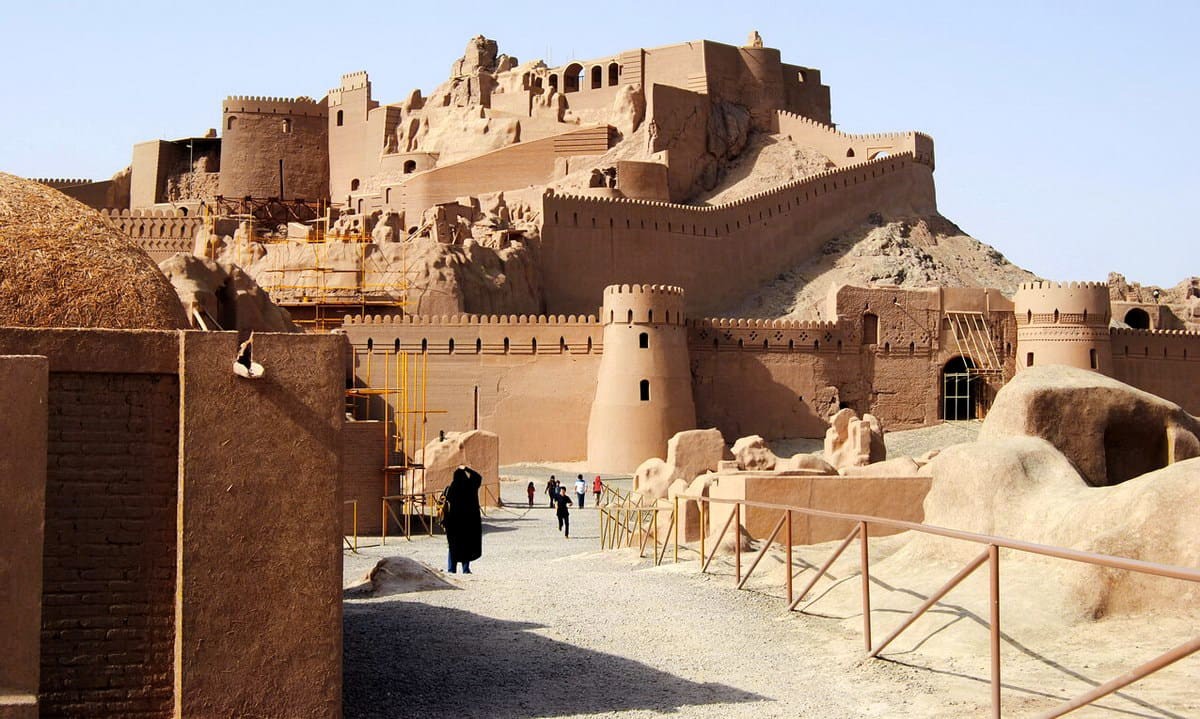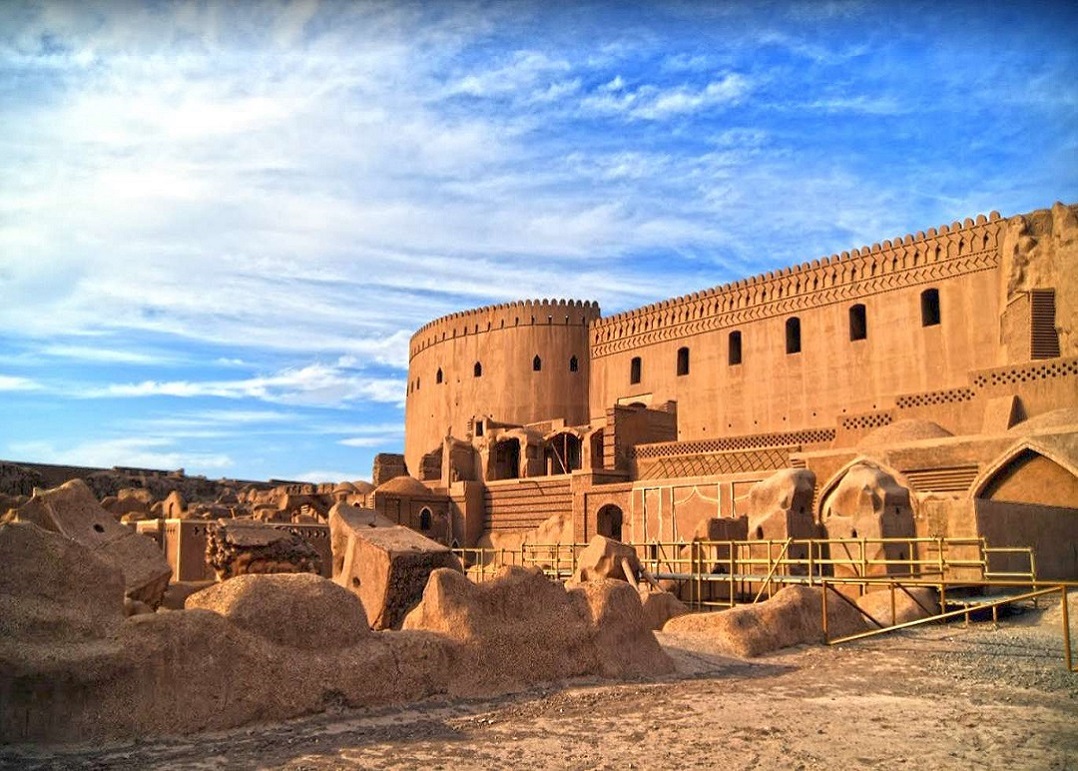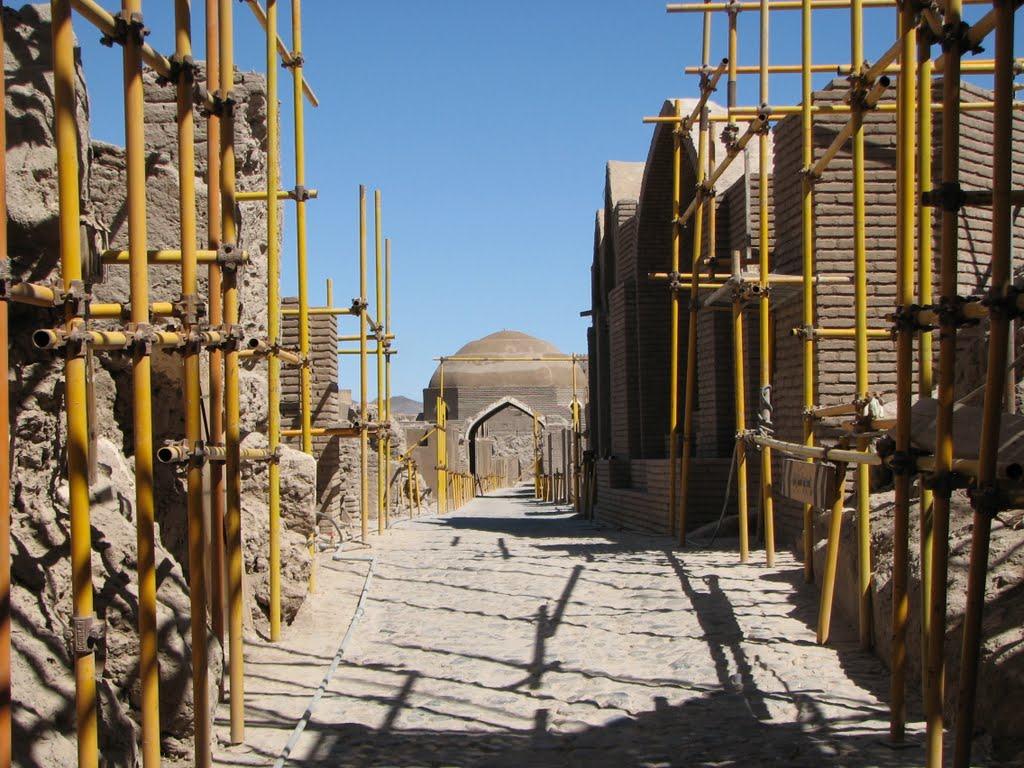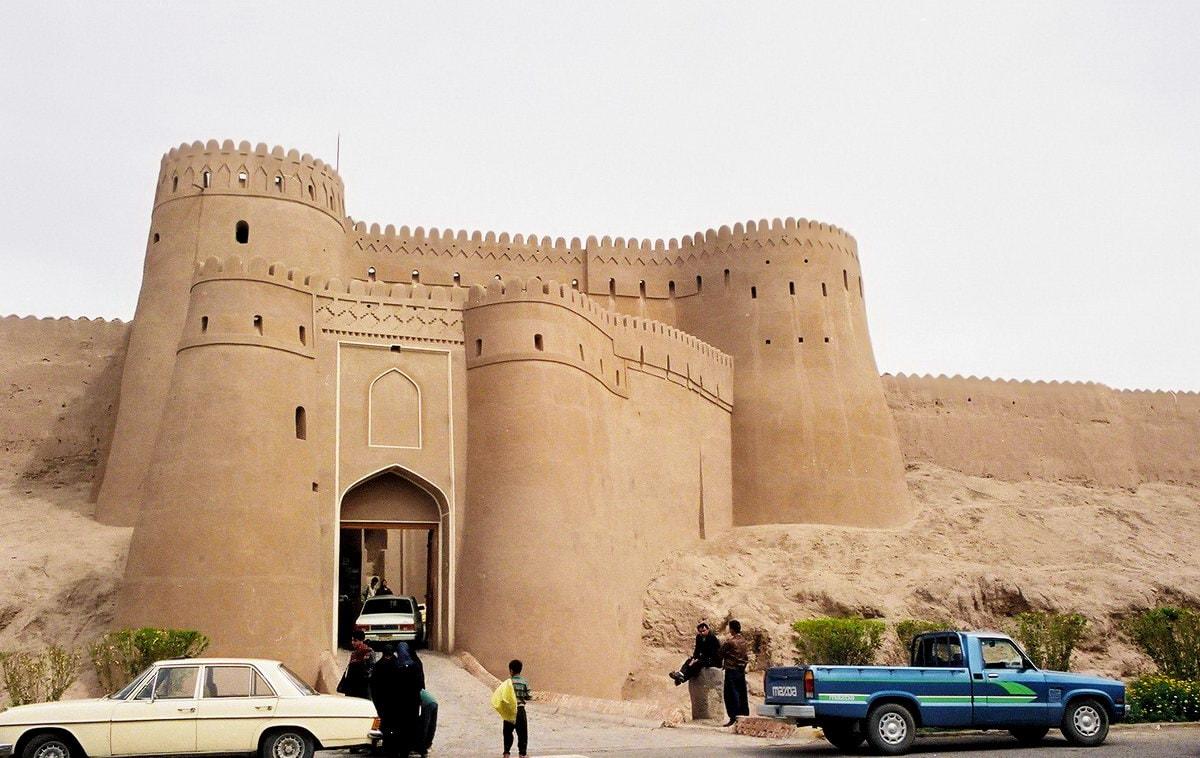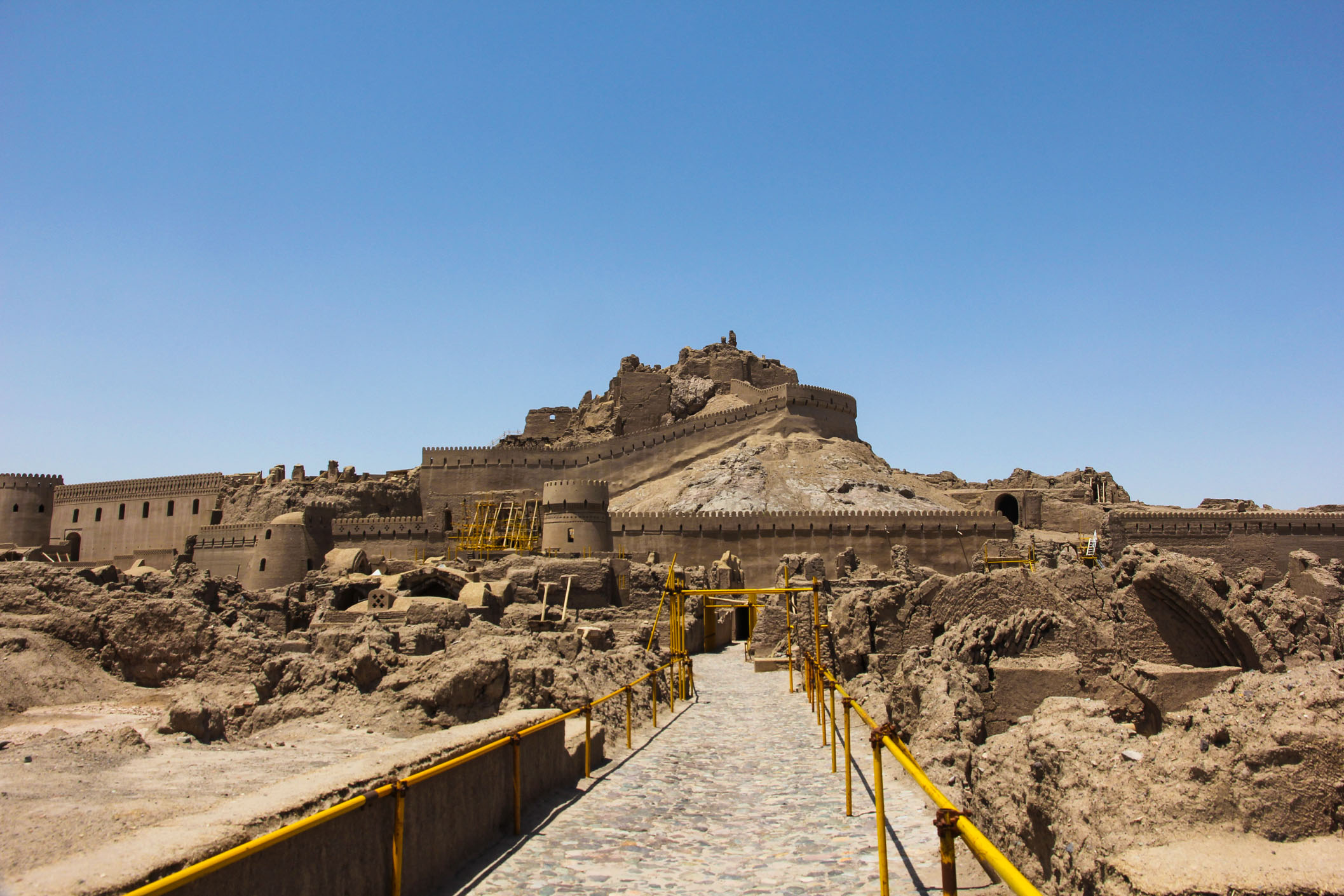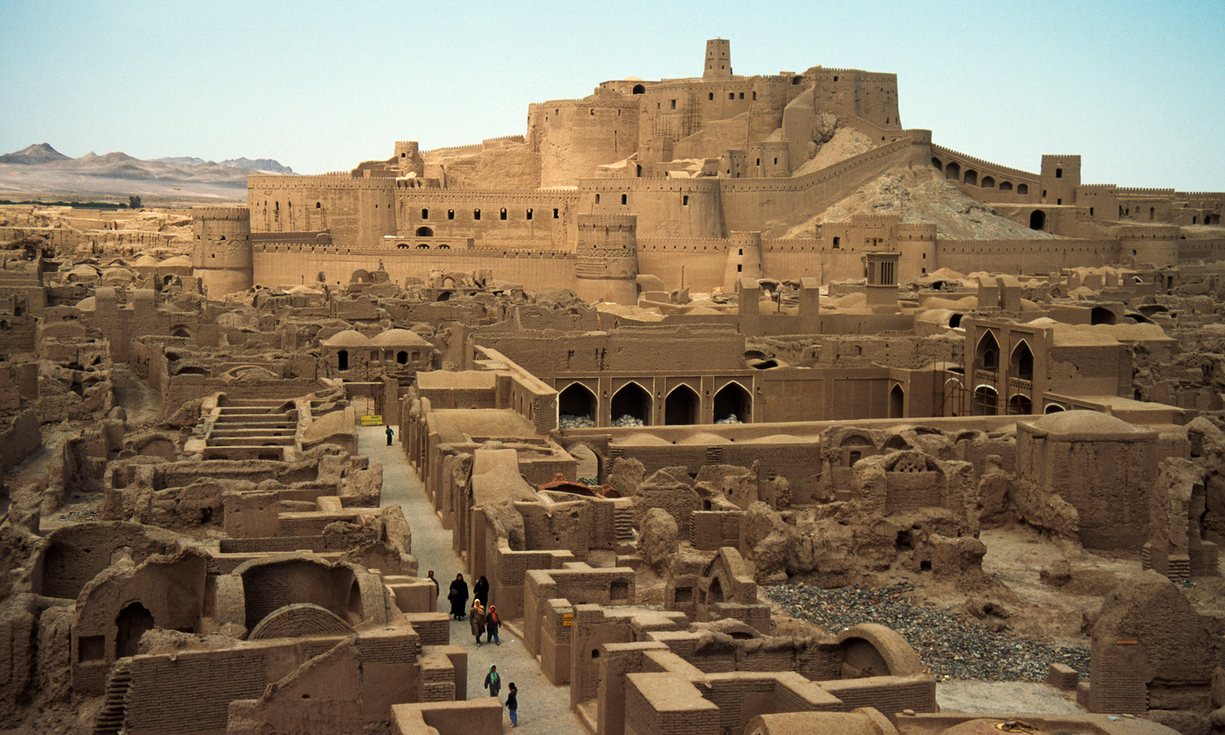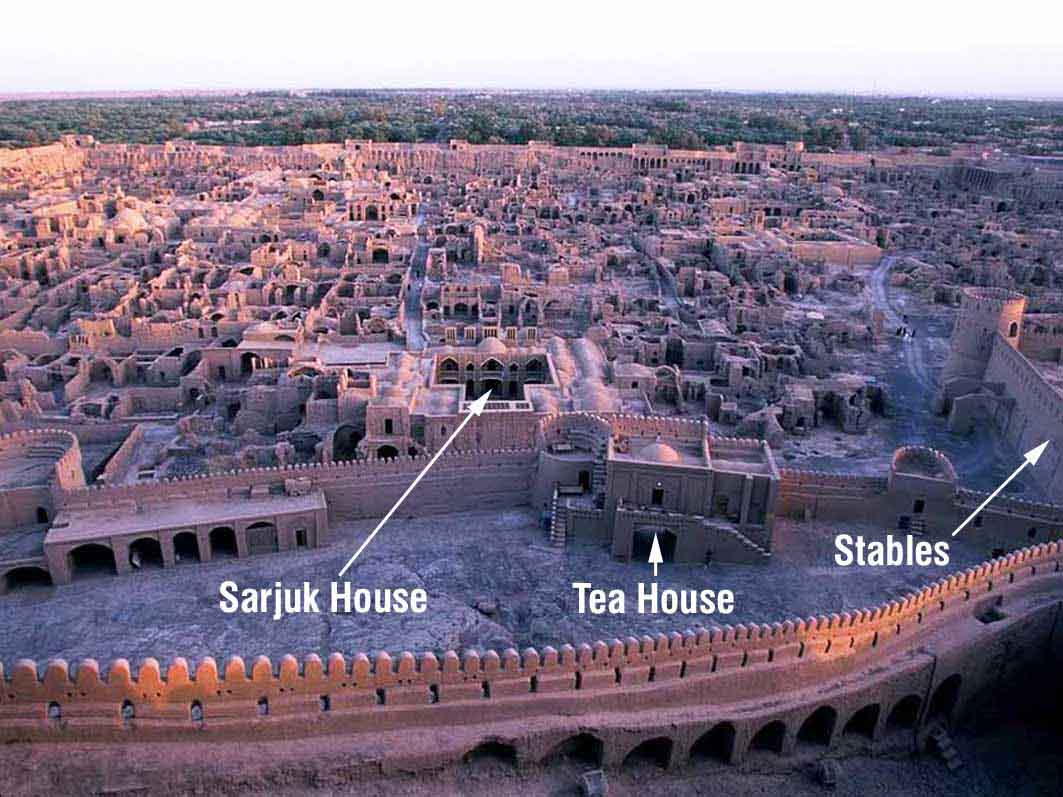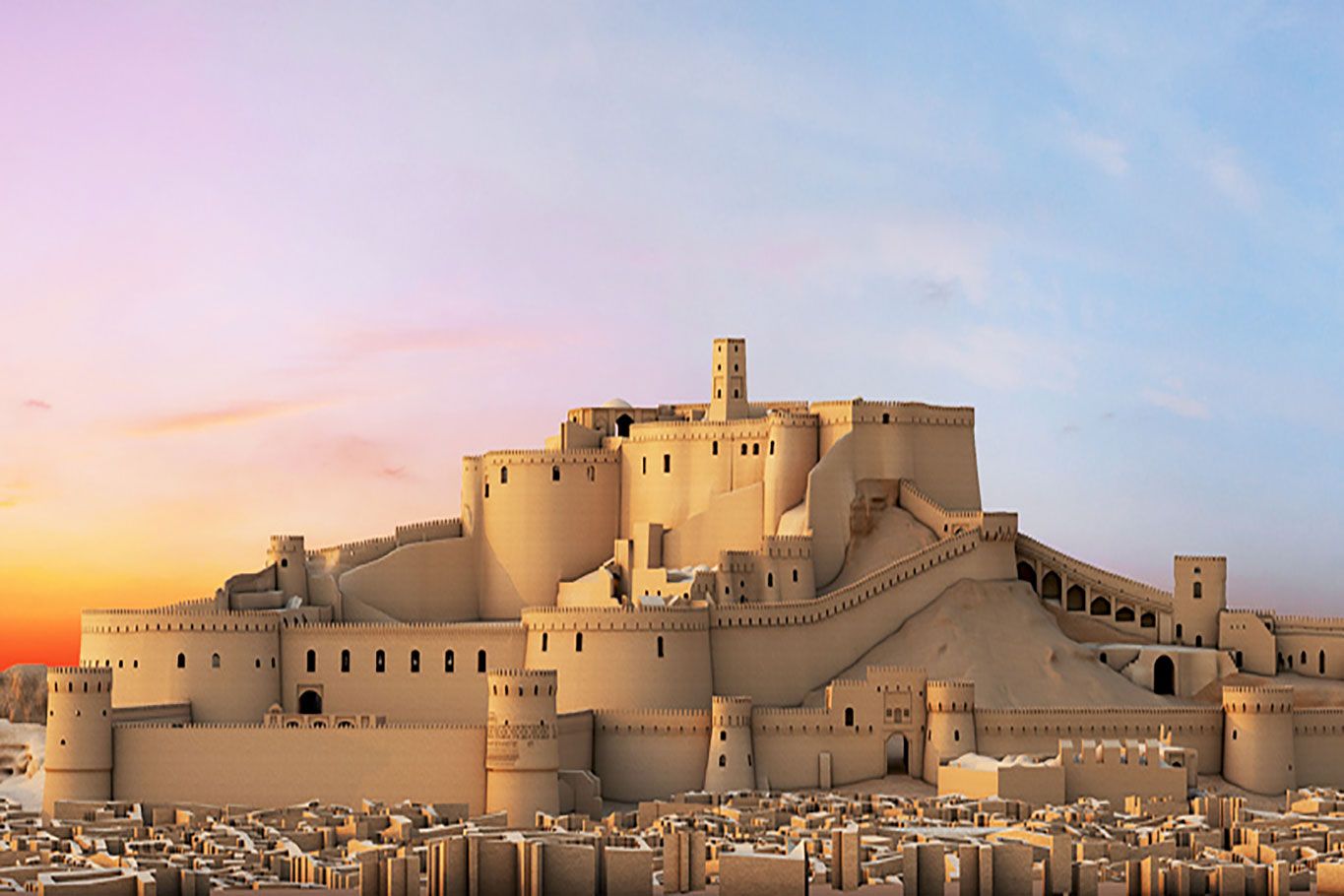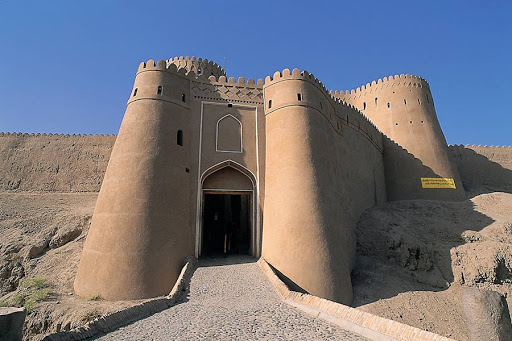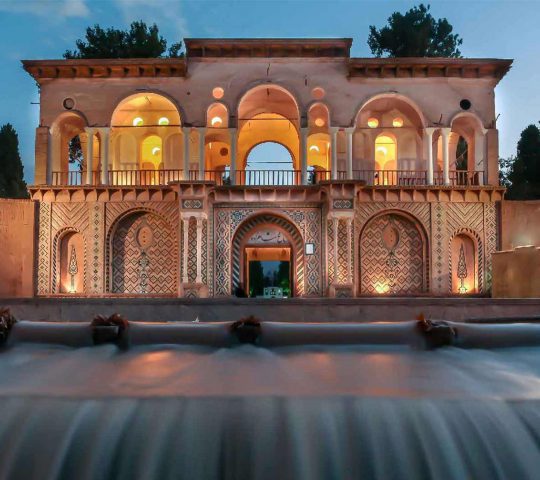Arg-e Bam
Hightlight
-
 Car parking
Car parking -
 Entrance fee
Entrance fee
Arg-e Bam was once demolished by an earthquake in 2003. The whole city was shaking for 13 seconds and it was enough to destroy the ancient Arg-e Bam. Located on the Silk Road, Arg-e Bam (citadel) was constructed in the 5th century BC. The Citadel probably suffered damages during the wars. Once when Arabs conquered the Kerman region in 645 AD and then in 1240 AD during Mongol invasion. But none of them were as destructive as the earthquake. In this citadel, the first mosque of Islam in Iran was established. Three kilometers east of Arg-e-Bam are the Summer Pavilion Kushk Rahim Abad and an old caravanserai. Both were not really damaged by the earthquake. The summer pavilion was already severely ruined before the earthquake and it did not really damage it. it is surrounded by gigantic walls 6–7 meters (20–23 ft) high and 1,815 meters (5,955 ft) long.
History
Arg-e Bam is the largest adobe building in the world, located in Bam, a city in the province of Kerman in southeastern Iran. Listed by UNESCO as part of the World Heritage “Bam and its cultural landscape”. The origin of this huge citadel on the Silk Road can be traced back to the Achaemenid Empire (6th century BC to 4th century BC). Its peak dates from the seventh to eleventh centuries due to its location at the crossroads of important trade routes and known for the production of silk and cotton clothing.
The entire building consisted of a large fortress that encompassed the citadel, but due to the fascinating view of the citadel, which represents the highest point of the place, the entire fortress is known as the Citadel of Bam.
On December 26, 2003, the Citadel of Bam was almost completely destroyed by an earthquake, which also hit much of Bam and its surroundings. Days after the earthquake, Iran’s President Mohammad Khatami announced that The Citadel would be rebuilt.
Arg-e Bam Sections
The citadel consists of four main sections: a residential area, the stables, the army barracks, and the governor’s residence.
Arg-e-Bam had 38 watchtowers, four entrance gates, and the defense wall was surrounded by an outer moat. The government barracks are on a rocky hill, protected by a double fortification wall. The most notable structures are the market, the Congregational Mosque, the Mirza Na’im complex.
Larger than Rayen Castle, the area of Arg-e Bam is approximately 180,000 square meters (44 acres). The citadel has two of the “permanently awake towers” for which Bam is famous – there are more than 67 towers scattered throughout ancient Bam.

